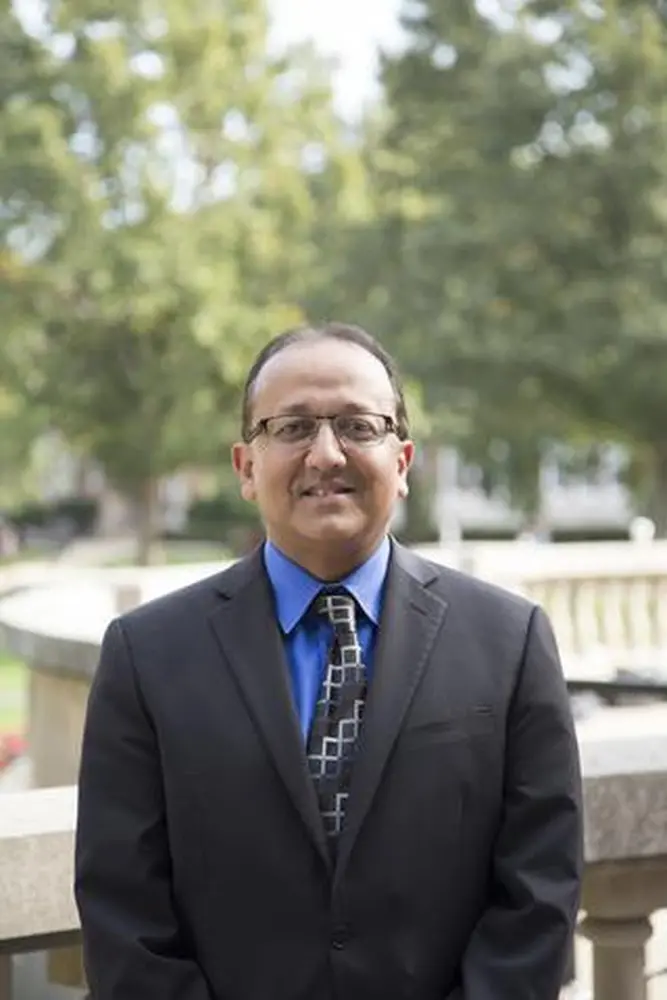
Scientific and public appreciation for microbes — and the key role their communal actions play in environmental health, food production, and human wellness — has grown in recent years. While initially considered to be static, uniform entities, microbial communities are highly complex and contain internal chemical swapfests that are in constant flux.
Researchers at the University of Illinois at Urbana-Champaign led by Bioengineering Associate Professor Ting Lu have demonstrated that the dynamics of these communities can be explained and even predicted by examining the variability trait of microbial social interactions. Lu's research team includes co-first author Feng Liu, affiliated with Bioengineering and the IGB at Illinois, and the East China University of Science and Technology in Shanghai; co-first author Junwen Mao, affiliated with Bioengineering and the IGB at Illinois, and a physicist at Huzhou University, Huzhou, China; and Bioengineering Professor Rashid Bashir, Grainger Distinguished Chair in Engineering and Dean of the Grainger College of Engineering at Illinois. The researchers shared their work in Nature Communications, published January 16, 2020.
“The ultimate goal of our research is to develop effective strategies to program the composition and functionality of microbial communities,” Lu said. This broader goal is shared by the Microbiome Metabolic Engineering research group at the Carl R. Woese Institute for Genomic Biology at Illinois, of which Lu is a member. "But to achieve this kind of engineering capacity, there are several key steps. The first step is to understand how microbial communities change over time; the second is to predict the dynamics; and the third is to engineer it.”
In the present study, Lu’s group aimed to begin a transition between the first and second steps from the perspective of microbial interactions such as competition and cooperation — major biotic driving forces of community behaviors.
“There is increasing evidence that microbial interactions are dynamic over time instead of invariant,” Lu said. “They often change with environmental cues, such as pH, nutrient and stress, and are also subjective to the population of microbes generating the interactions and the presence of other species
Read more : Bioengineering